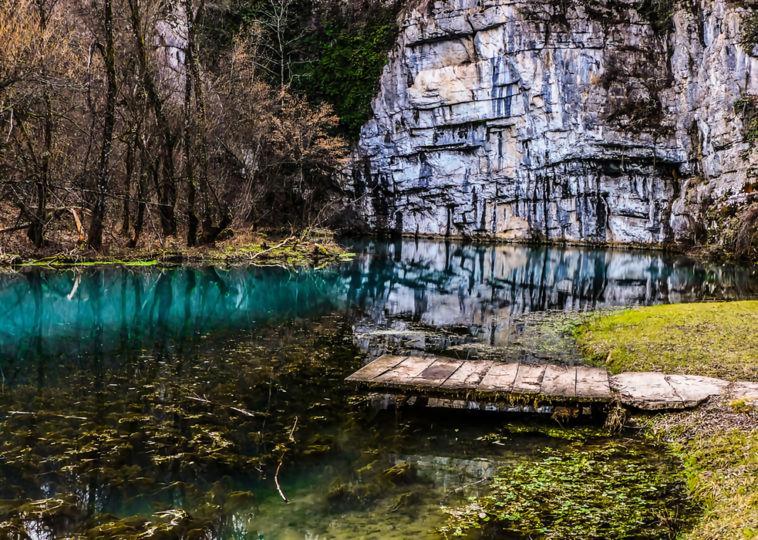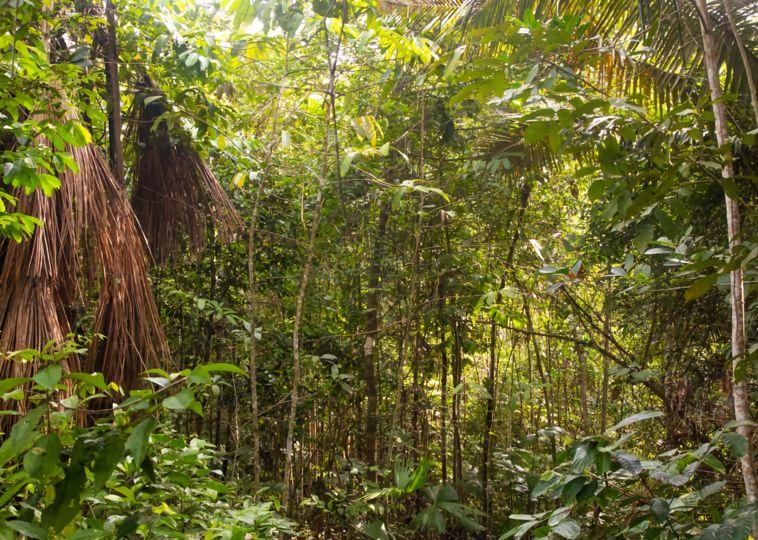Top 5 Breathtaking and Unexplored Places in the World

With extraordinary intelligence, humans have discovered many secrets of the Earth. We have already reached the moon’s surface and explored other planets without human-crewed missions. Interestingly, there are still several places on Earth that still need to be explored. You can visit remote, exotic locations like the Galapagos from your web browser.
Yet some hidden corners of the Earth are still mostly unexplored, home to few wise people, and only examined by the most daring travelers. Inhospitable environments and devastating natural forces make some places the least explored.
Mariana Trench

The Mariana Trench is located in the western Pacific and is the deepest part of the Earth. This deep, crescent-shaped trench was formed by ocean-to-ocean subduction around millions of years ago. The deepest point in the Mariana Trench is known as ‘Challenger Deep.’ The depth of this point is estimated at 10,994 meters.
Given the depth and high pressure in the Mariana Trench, it is a dangerous place to explore. The first manned descent to the deep Challenger was carried out in 1960 by Swiss oceanographer Jacques Piccard and USN Lieutenant Don Walsh. Mariana Graben is home to many rare minerals and deep-sea creatures.
Gangkhar Puensum, Bhutan

Gangkhar Puensum is the highest, unclimbed mountain in the world. This mountain is 7570 meters high and is the 40th highest mountain in the world. Even the highest peak, Mount Everest, has been successfully climbed by many people. There are only four reported expeditions taking place in Gangkhar Puensum.
In 2004, due to spiritual beliefs, the Bhutan government restricted mountain climbing in Gangkhar Puensum. So, the Gangkhar Puensum mountain was climbed and unexplored. People across Central Asia see the mountains as sacred houses of gods and spirits. Besides, the region has no rescue tools for the inevitable problems for climbers, such as altitude sickness and injuries from falls and avalanches.
Deep Caves

There are a large number of caves around the world. It is too challenging to explore many caves due to unbearable weather conditions, sharp rocks, scalded water, and slipping conditions. Some of the world’s underwater caves are uninhabited even because of the deadliest marine life conditions.
Due to unprecedented changes, the crystal and snow caves are becoming too dangerous for expeditions. Karst terrain, rugged landscapes with high elevations and limestone underlay, into which water can seep to carve caves, covers 20 to 25 percent of the Earth’s land surface. Probably tens of thousands of undiscovered caves could exist out there.
Amazon Rainforest

With a total area of 2.5 million m2, Amazon holds half of the rainforests on Earth. The rich biodiversity and the presence of many rare species make the Amazon rainforest a focal point for scientific expeditions. There is no dry season in the Amazon rainforest; it rains all year round.
The heavy rain in the Amazon rainforest in February caused drastic water level rises in the Amazon. It also leads to severe flooding in the Amazon. In such a state, transportation through the Amazon is too dangerous, even through extreme river currents.
Antarctica

Antarctica is the coldest place on the Earth’s surface. It is the driest, coldest, and windiest continent on Earth. The climate on this continent changes drastically between -10 degrees Celsius and -30 degrees Celsius under normal conditions. The lowest temperature measured in the Antarctic is -89 degrees Celsius.
This harsh climate makes Antarctica one of the least researched places on Earth. The fastest wind speed in Antarctica was 200 miles per hour in 1972. The ice sheets in Antarctica are 2 miles thick. It reflects the unbearable climate on the continent. Heavy snow, glaciers, and crevasses are the other potential dangers in Antarctica.


